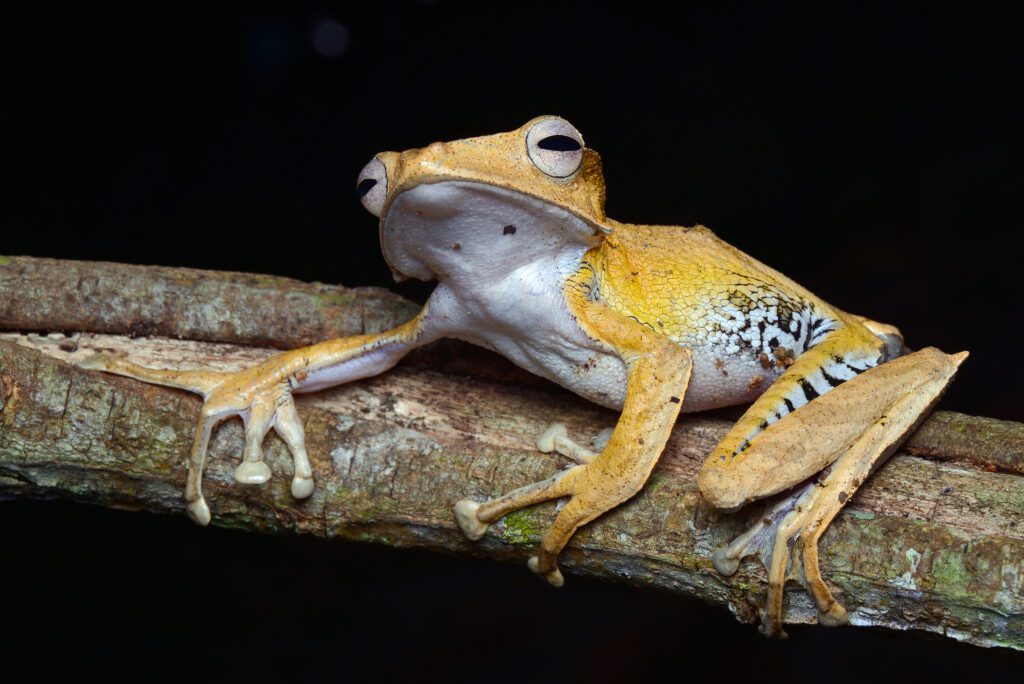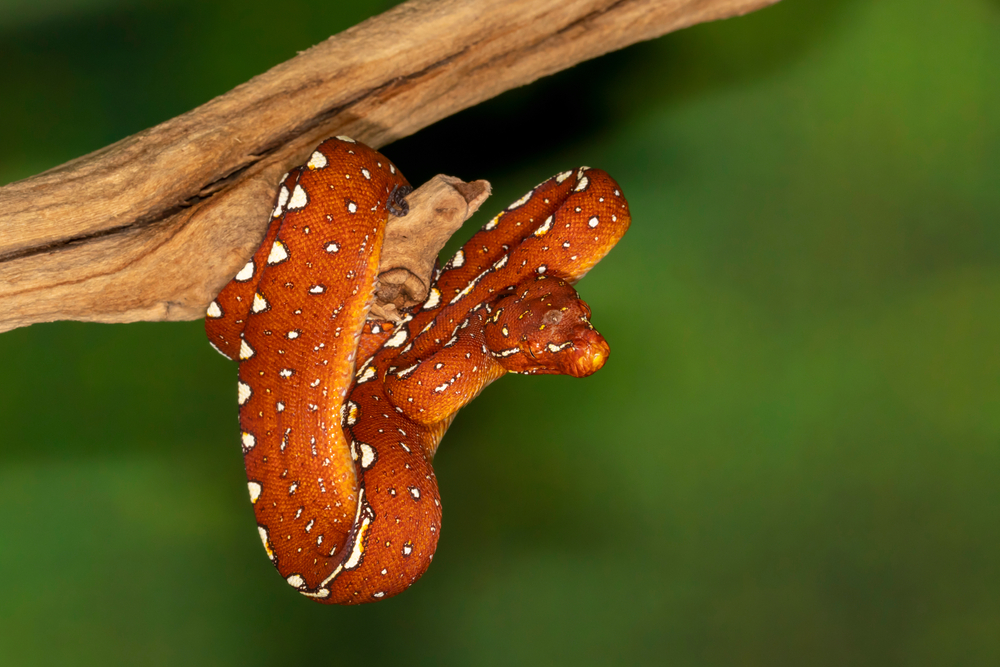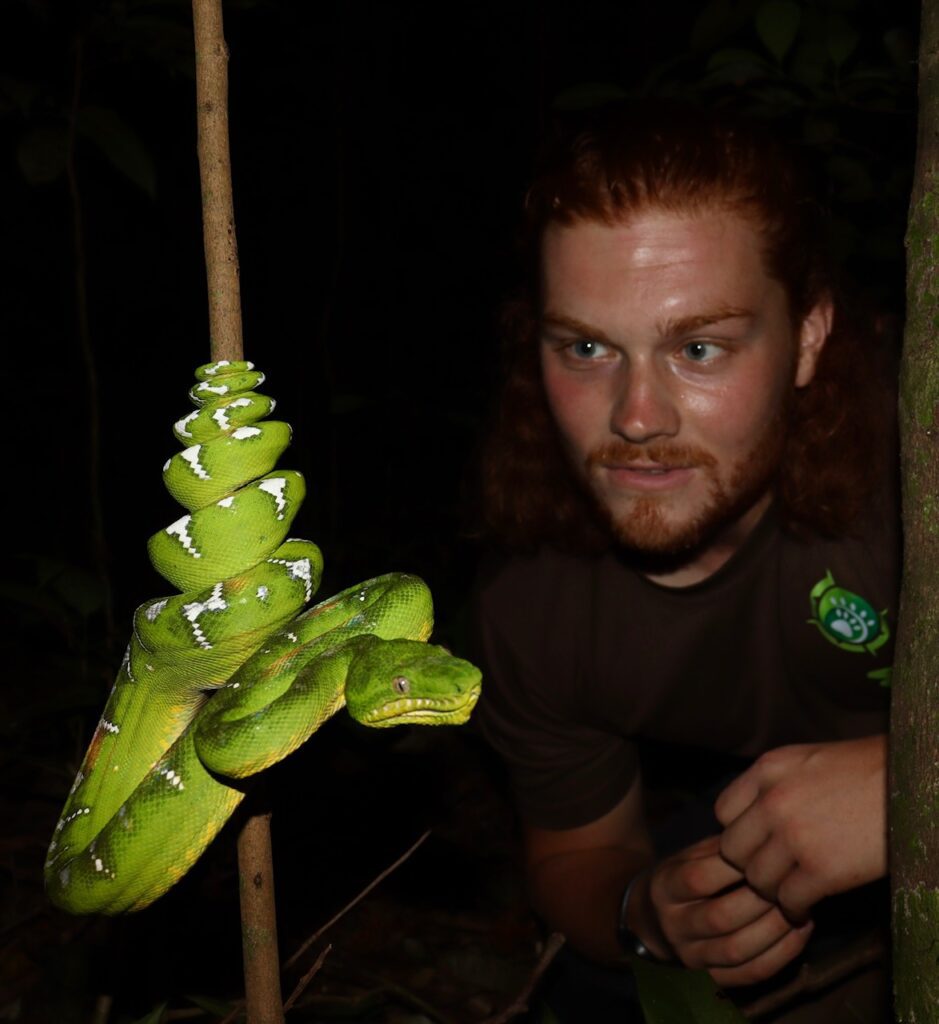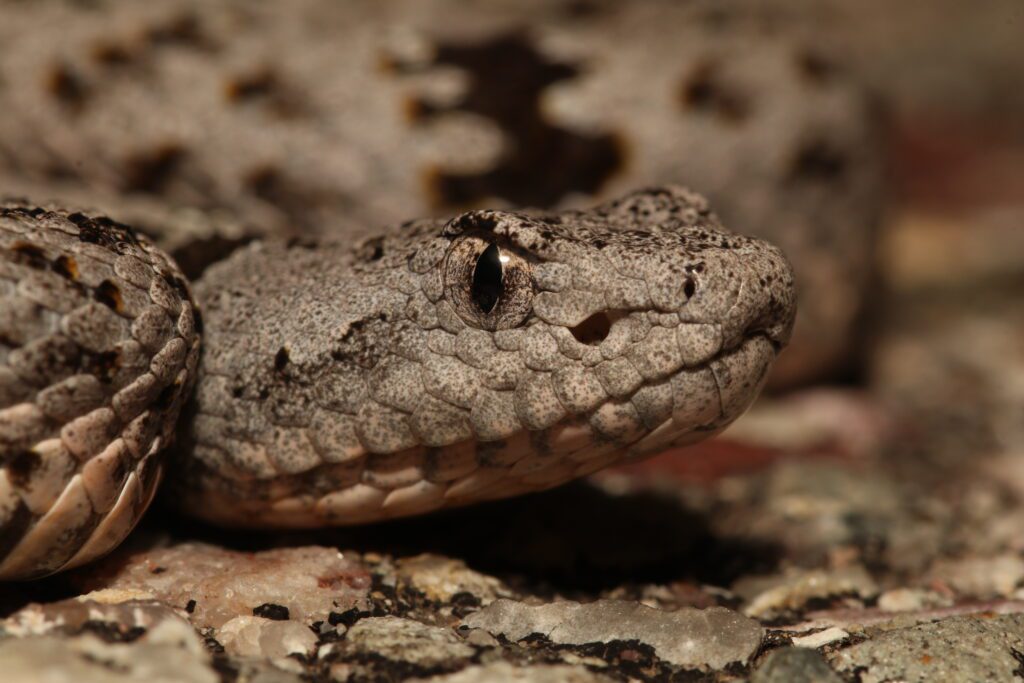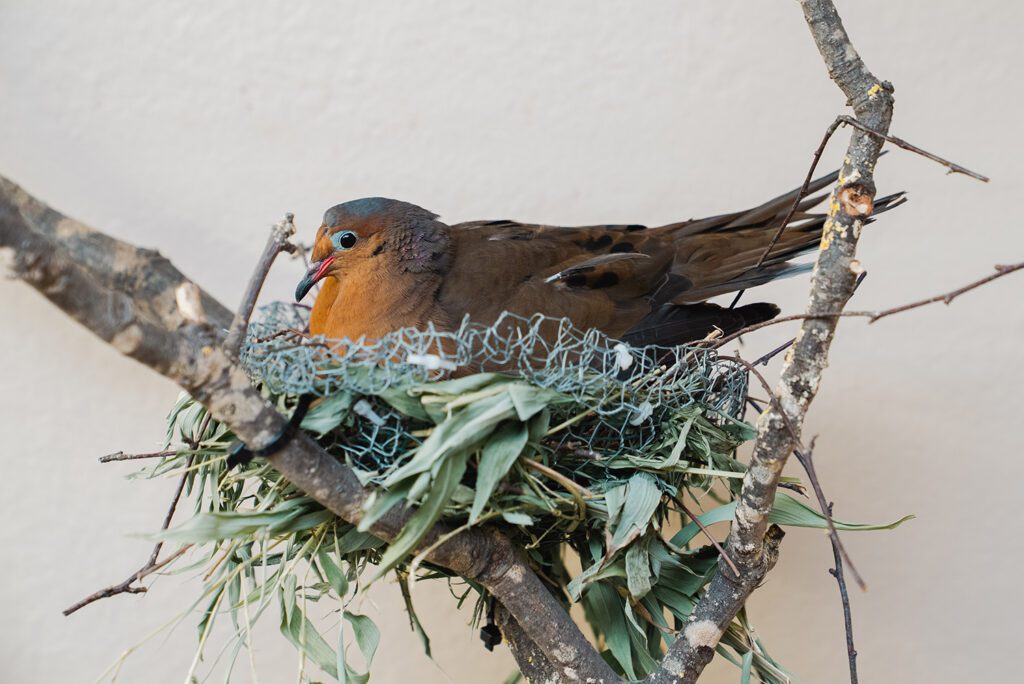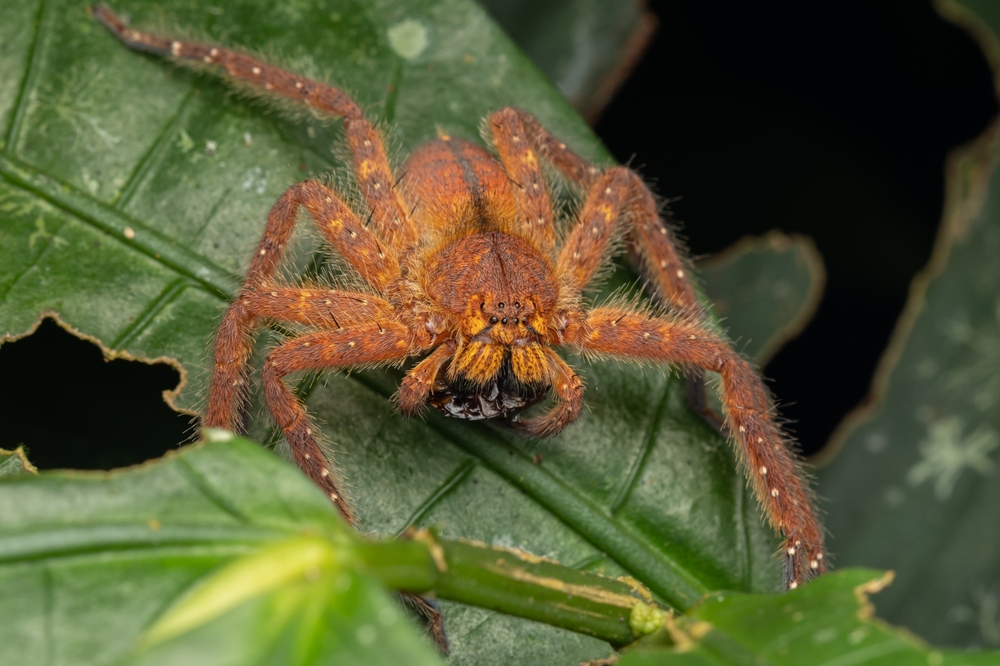The file-eared frog (Polypedates otilophus) is a species of arboreal amphibian that is endemic to Borneo. It is a reasonably large tree frog, reaching over 10cm in length. Unsurprisingly, the name “file-eared frog” comes from the species’ sharp ridges behind the frog’s eyes.
This species occurs in Malaysia, Indonesia and Brunei in secondary habitats and has therefore been classified as Least Concern by the IUCN. It is also typically found in lowland habitats less than 1,000m in elevation, concentrated around breeding pools.

File-Eared Frog Husbandry
Although originally imported in large numbers from Indonesia, successful breeding of these “foam-nesting” frogs has resulted in a good amount of year-round availability of captive-bred animals. Successful husbandry can be achieved by meeting some basic requirements including a temperature in the low 20’s (not exceeding 28℃), humidity above 65%, low-level (Ferguson Zone 1) UV, and a shallow pool of dechlorinated or reverse-osmosis water. Using real flora to create a densely planted enclosure will also encourage natural behaviours and help maintain high humidity.
It is almost impossible to sex young file-eared frogs. Luckily, these animals are fast-growing and reach adult size in just over a year. At this time, the females will be much larger than their male counterparts. Females also typically have broader heads and weigh almost 50% more than males.
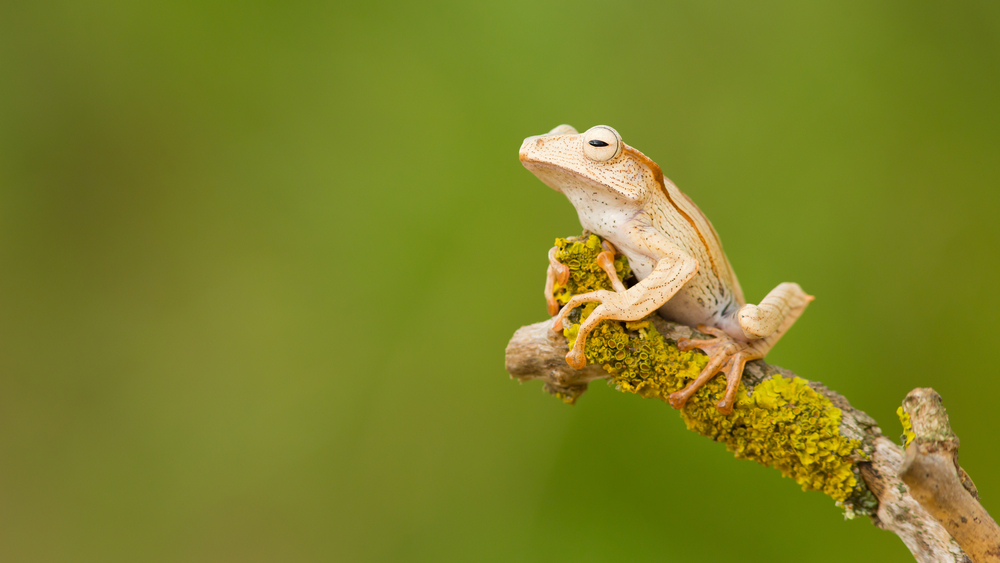
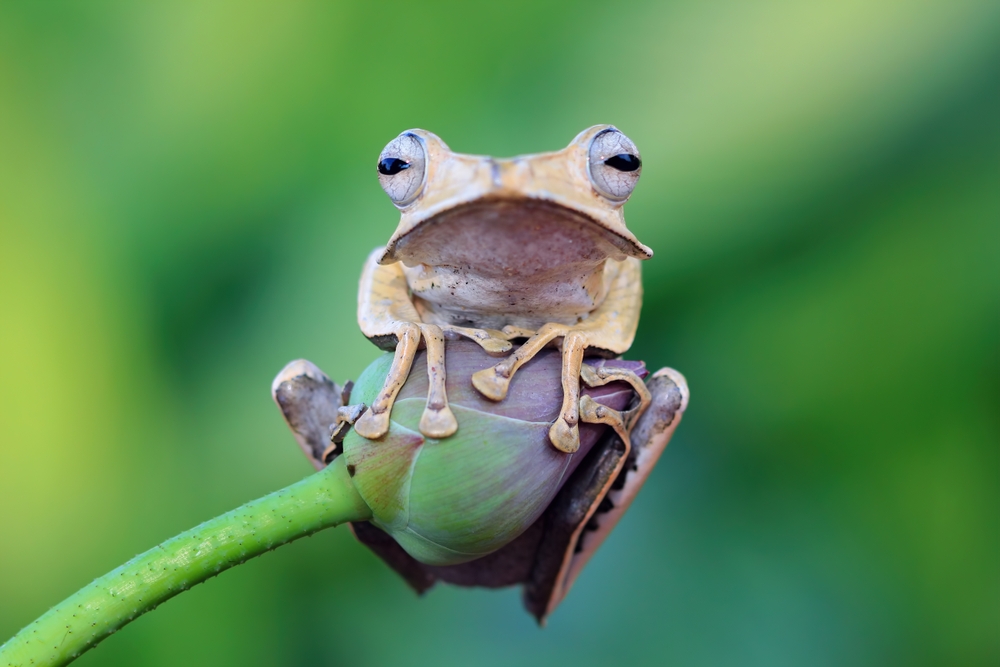
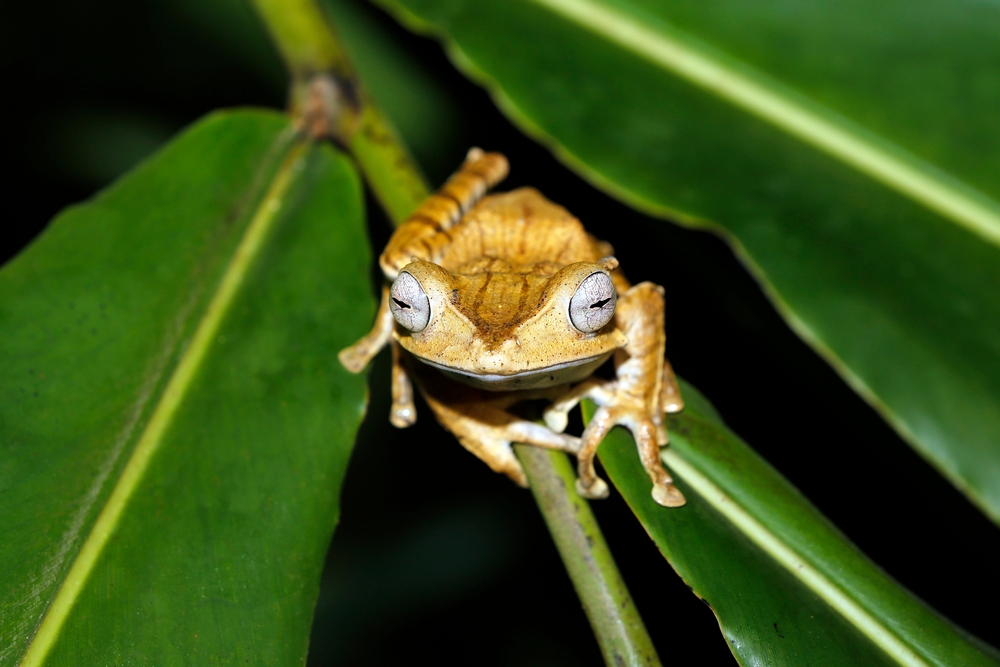
Nature’s Imitation Game: Emerald Tree Boas and Green Tree Pythons
High in the forests of South America and the Indonesian archipelago, jewel-toned snakes drape themselves…
The Wall Lizards of Ventnor Botanic Garden
Tucked away on the sun-soaked southern coast of the Isle of Wight, UK lies a…
Thinking Like a Snake: Field Insights into Emerald Tree Boa Husbandry
Among keepers, few snakes inspire as much awe as the emerald tree boa (Corallus sp.)….
Herping Arizona Monsoons 2025 – Part One
Arizona encompasses vast stretches of Sonoran, Colorado, and Mojave Deserts. It’s scattered with 10,000-foot-high mountains…
“Extinct” Doves Hatch at Chester Zoo
Eight chicks belonging to a dove species that has been extinct in the wild for decades…
Naming Nature: Where Taxonomy Meets Pop Culture
From David Bowie’s lightning bolt immortalised in the iridescent fur of a spider, to Jackie…
